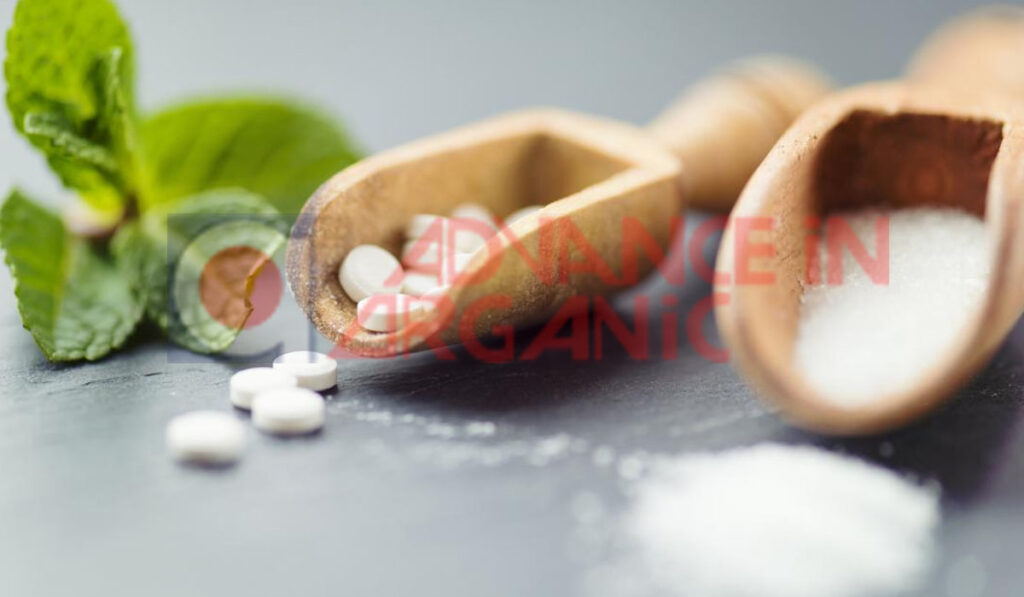Xylitol (pronounced Zy-Li-Tall) is a sugar alcohol or polyol that is a form of carbohydrate. They’re liquid compounds found in a wide variety of fruits and vegetables. Xylitol is a sweetener made from birch bark and corn cob that could reduce the calories in carbohydrates and sugars. Since 1963, the Food and Drug Administration (FDA) has certified Xylitol for use in food.
Since it was first made from birch trees, the term Xylitol comes from the word “xylose” or “wood sugar.” When consumed, it produces a relaxing smell and taste. As a product, sugar-free chewing gum or other oral health items such as breath mints, mouthwash, and toothpaste use xylitol as an ingredient.
Chemical and biological processes are used to make Xylitol from xylose. The flavored syrup xylitol is generated by catalytic hydrogenation of xylose in a chemical process. The existing chemical methods for producing Xylitol are not environmentally friendly, and the level of manufacture is high due to the extensive energy input required and during hydrogenation of xylose. By-product formation and during process requires expensive isolation and purification stages. Before xylose can be hydrogenated, it must first be processed, which raises the cost of xylitol processing.
Xylitol has a sweet taste, but unlike sugar, it does not transform to acids in the mouth, leading to tooth decay. It lowers the bacteria levels that cause tooth decay in the mouth and acts against certain bacteria that cause ear infections.

